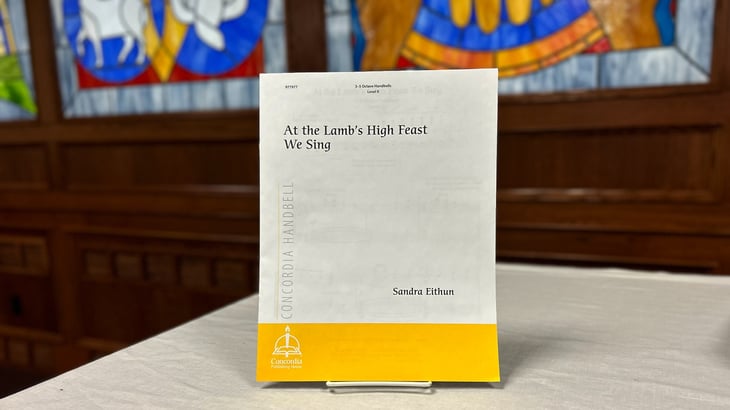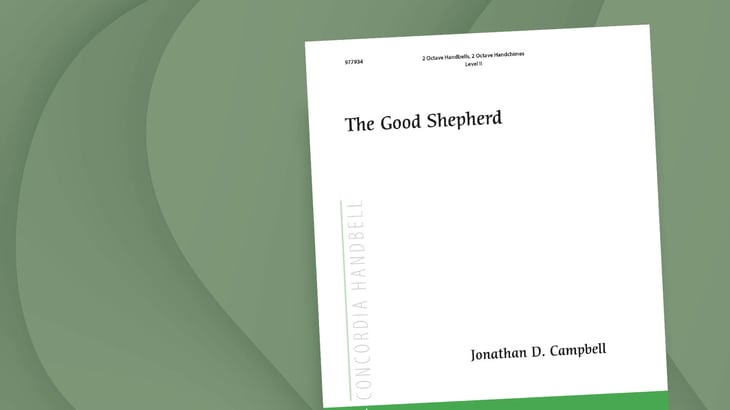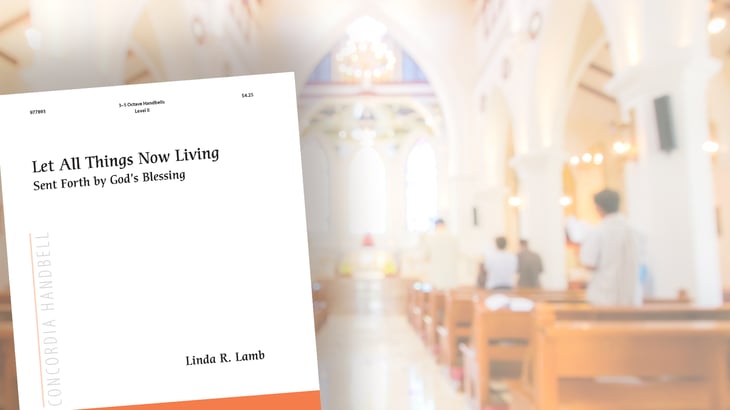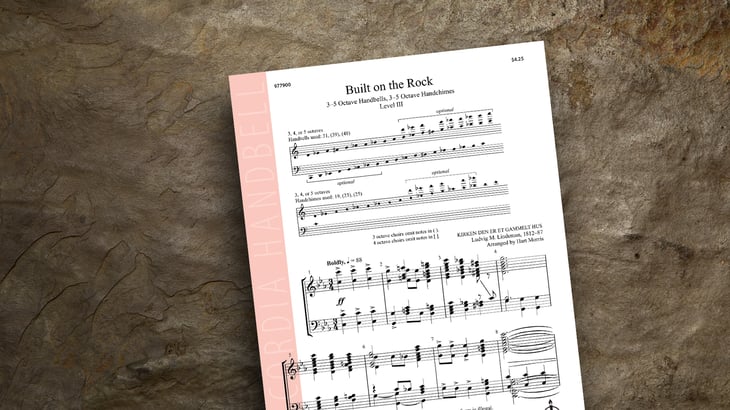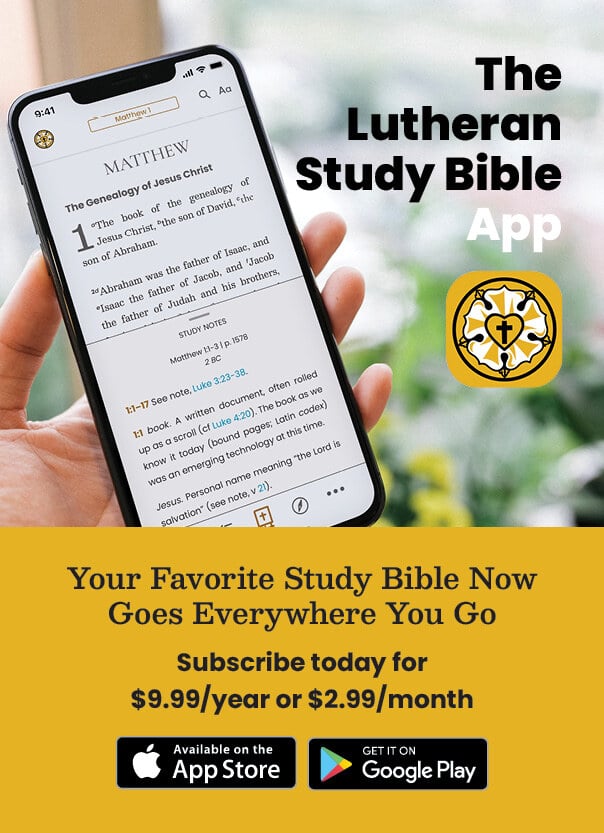Sacred Music That Reminds Us of Our Baptism
Baptism is much more than just a moment. It is a second birth and a transformation of identity. In the waters of Baptism, God claims us as His own, washing away our sin and marking us with the cross of Christ. Sacred music can serve as a powerful reminder of the promises poured out on us in that sacrament. Hymn texts, piano meditations, and instrumental variations can help us remember what God has—and continues to do—for us through Baptism. Here are a few musical selections that invite reflection, thanksgiving, and joy in our baptismal identity.
Ten Award-Winning Music Pieces for Your Library
Having a work of music selected as J. W. Pepper Editors’ Choice is no small feat. Concordia Publishing House is honored to have 10 pieces from handbell, choral, and keyboard publications chosen for recognition this year. This selection by an outside organization speaks to the usefulness, appealing nature, and unique perspectives of CPH publications. Our pieces can be chosen with confidence by musicians of any type, as attested to by top music directors in the field.
And the winners are . . .
Top Handbell Pieces for Children and Beginners
Handbell music holds a unique place in the realm of parish music education and congregational worship. Its blend of teamwork, rhythm, and melody offers a rich experience for children, fostering both musical skill and spiritual connection. When building a handbell music program within your school or congregation, selecting compositions that guide beginners will help them take their first steps into handbell music confidently. Let’s explore the top handbell pieces that make learning handbells accessible and add a touch of beauty to church services.
Music of the Month: At the Lamb’s High Feast We Sing
Triumphant and upbeat, Sandra Eithun’s setting of “At the Lamb’s High Feast We Sing” has limited bell changes and few rhythmic challenges, making it easy to prepare for developing ensembles. The LV passages, martellato, and varied dynamics add interest for the listener and help to encourage musicality in the ringers.
Downloadable Sheet Music for Epiphany
Celebrate the coming of the Magi and the Epiphany season by joining in fellowship through music. As you prepare for the season, consider adding these pieces to your repertoire for your Sunday services.
Music of the Month: The Good Shepherd by Jonathan D. Campbell
Jonathan D. Campbell has arranged a medley, or three hymn tunes, associated with Christ the Good Shepherd, including BROTHER JAMES’ AIR, BRADBURY, and RESIGNATION. Arranged with accessibility in mind, the setting is scored for two-octave handbells. Several meter and tempo changes provide variety and contrast, while the optional addition of handchimes adds to the gentle nature of the piece. Level II.
Composer of the Month: Sandra Eithun
Sandra Eithun has composed dozens of handbell and piano compositions for CPH Music, most recently “Four Communion Hymns for Twelve Bells.” This collection continues a series of handbell music written for twelve bells, joining books with Advent, Christmas, and Easter themes. She also serves as the Director of Music Ministry at First Congregational United Church of Christ in New London, Wisconsin, a position she’s held since 1992. She is the organist for the congregation, accompanies the vocal choir, and directs three handbell ensembles.
Music of the Month: Let All Things Now Living
“Let All Things Now Living” gets a lively calypso setting in this arrangement, which expresses the excitement of the text. A more tranquil, hymn-like second stanza leads back to a dance-like ending. The tune THE ASH GROVE is used with many texts, including “Sent Forth by God’s Blessing,” making this a useful arrangement throughout the Church Year. Level II.
Handbell Guidelines for Sundays in a Pandemic
If you are a church musician, especially a handbell ringer, the last time you practiced was likely months ago. Or maybe your church is slowly allowing ringers and choirs to play again, albeit under irregular circumstances.
Music of the Month: Built on the Rock
Handbells are a beautiful addition to any Sunday worship service. “Built on the Rock” by Hart Morris gives your handbell and handchime group a challenging yet stunning piece for your congregation to listen to, with a triumphant conclusion of praise to the Savior.

.jpg?width=50&height=50&name=IMG_20220621_160541_456%20(1).jpg)

.jpg?width=50&height=50&name=TM009668%20(1).jpg)

